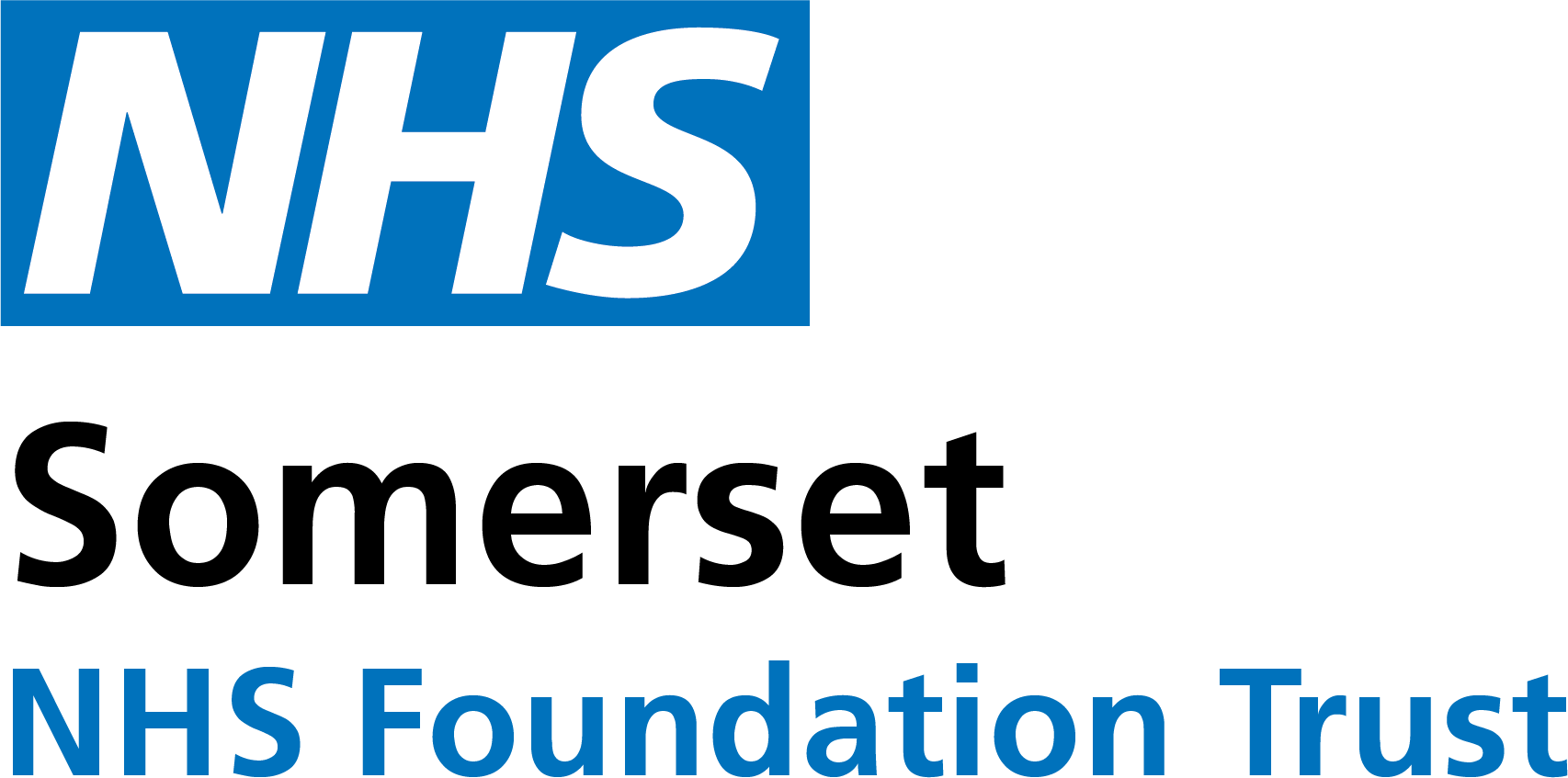Note This repository is unmaintained as of 2023-05-03 as I am no longer employed by Somerset NHS Foundation Trust.

Yeovil Hospital's RESTful CRUD API for community team contact details
This is Yeovil Hospital's Community Contacts RESTful API, a Node.js application using the Fastify web framework, built to support CRUD (Create, Read, Update, and Delete) functionality of community midwife, health visitor, and school nurse team email addresses in Yeovil Hospital's catchment area.
This was built for use by interface engine channels/workflows that automatically dispatch maternity and paediatric discharge summaries via encrypted email to their respective community teams, based on a patient’s postcode, school code, or GP practice code.
A case study detailing the benefits of this API (and calling workflows) can be found here.
- Node.js >=18.12.1 (if running outside of Docker)
- SQL Server >=13.0.1601.5 or PostgreSQL >=9.4 (either as services/instances or Docker containers)
Perform the following steps before deployment:
- Download and extract the latest release asset
- Navigate to the extracted directory
- Make a copy of
.env.templatein the root directory and rename it to.env - Configure the application using the environment variables in
.env
Note You will need to create a database before using it in the
DB_CONNECTION_STRINGenvironment variable (this does not apply if using the included Docker Compose file to deploy)
Note Set the following environment variables in
.envto meet NHS England's recommendation to retain six months' worth of logs:
LOG_ROTATION_DATE_FORMAT="YYYY-MM-DD"LOG_ROTATION_FREQUENCY="daily"LOG_ROTATION_MAX_LOGS="180d"
Note Live records have not been included in SQL queries in
./migrations/**as this would present an easily available list of NHS and local government email addresses for spambots to harvest
- Run
npm ci --ignore-scripts --omit=devto install dependencies - Run
npm start
The service should be up and running on the port set in the config. Output similar to the following should appear in stdout or in the log file specified using the LOG_ROTATION_FILENAME environment variable:
{
"level": "info",
"time": "2022-10-20T08:06:32.354Z",
"pid": 18604,
"hostname": "MYCOMPUTER",
"msg": "Connecting to MSSQL DB"
}{
"level": "info",
"time": "2022-10-20T08:06:32.381Z",
"pid": 18604,
"hostname": "MYCOMPUTER",
"msg": "MSSQL DB connection opened"
}{
"level": "info",
"time": "2022-10-20T08:06:32.934Z",
"pid": 18604,
"hostname": "MYCOMPUTER",
"msg": "Server listening at http://127.0.0.1:51616"
}To test it, use Insomnia and import the example requests from ./test_resources/insomnia_test_requests.json.
This requires Docker installed.
- Run
docker compose up(ordocker compose up -dto run in the background)
If this cannot be deployed into production using Docker, use a process manager such as PM2.
- Run
npm ci --ignore-scripts --omit=devto install dependencies - Run
npm i -g pm2to install pm2 globally - Launch the application with
pm2 start .pm2.config.js - Check that the application has been deployed using
pm2 listorpm2 monit
If using a Microsoft Windows OS utilise pm2-installer to install PM2 as a Windows service.
Note PM2 will automatically restart the application if
.envis modified.
API documentation can be found at /docs:
The underlying OpenAPI definitions are found at /docs/openapi.
If BEARER_TOKEN_AUTH_ENABLED is set to true in the .env file, you will need to generate bearer tokens for a client/service to access the /contact routes of the API.
To do this make a POST request to the /admin/access/bearer-token route, which is protected with Basic auth (provide the admin username and password from the .env file):
Example body of POST request:
{
"name": "Example Mirth Connect instance",
"email": "frazer.smith@somersetft.nhs.uk",
"expires": "2022-03-09",
"scopes": ["contact.read", "contact.search"]
}If successful, something similar to the following will be returned:
{
"id": "39E9A19D-CA7B-4401-AF1E-F346223AB1AB",
"access": {
"token": "ydhcc_69150f68_5066_4923_a042_653343af84cf",
"scopes": ["contact.read", "contact.search"]
}
}Provide the client/service with the value in access.token, for them to use as bearer tokens when making requests.
The bearer token is bcrypt-hashed and stored in the access.tokens database table.
If a client/service forgets their token, you will need to generate a new one for them and delete the old one.
Contributions are welcome, and any help is greatly appreciated!
See the contributing guide for details on how to get started. Please adhere to this project's Code of Conduct when contributing.
- Bev Barrett (Digital Midwife) - Project lead; community midwife and health visitor email sourcing
- Jon Mӧller (Digital Solutions Analyst) - School code sourcing; Dorset county integration
- Michael McCormack (Solutions Developer) - MSSQL query optimisation
- Raechele Newbury (Safeguarding Children Practitioner) - Paediatric safeguarding email integration and adoption
yh-community-contacts-api is licensed under the MIT license.


